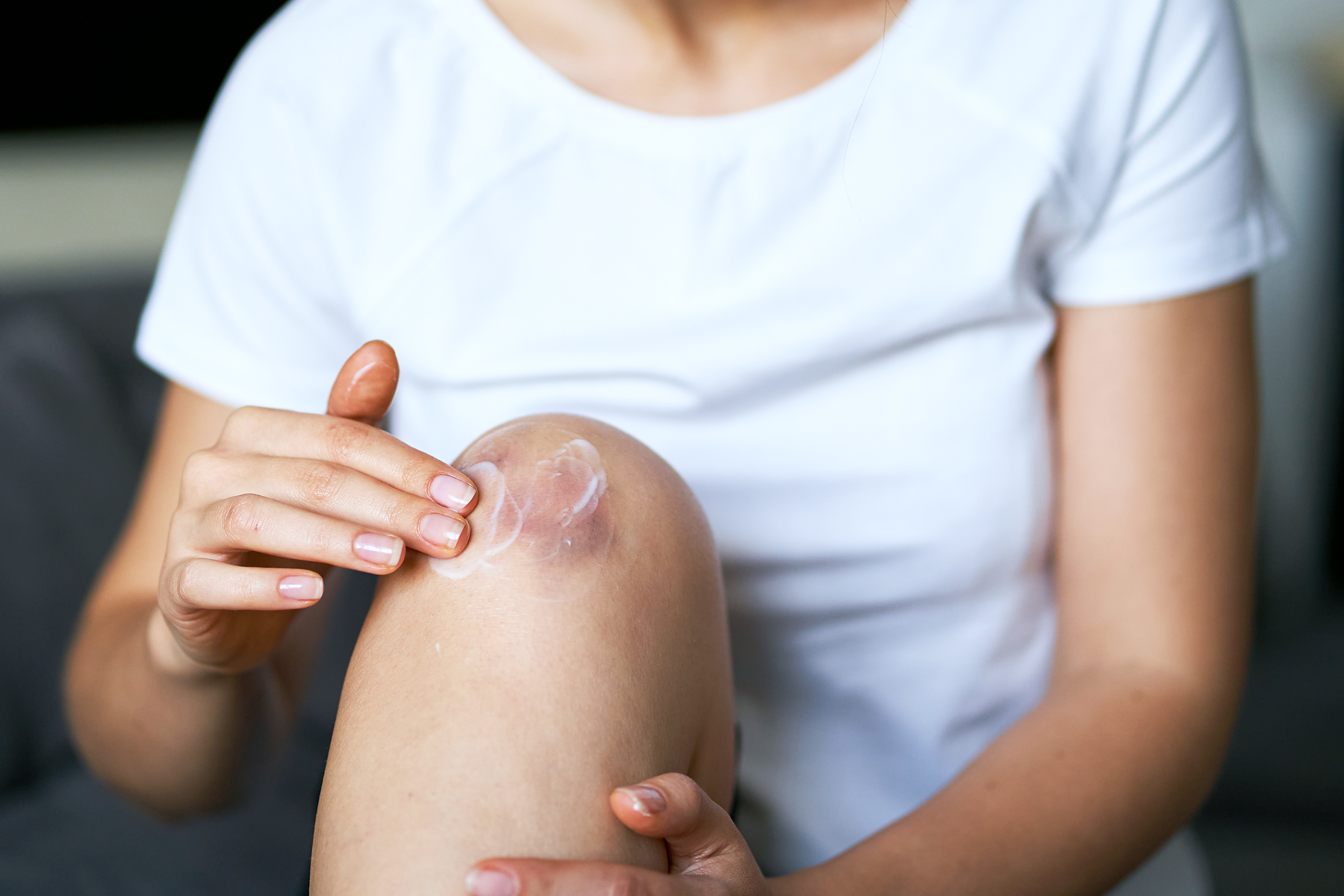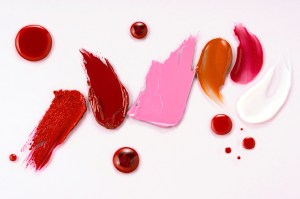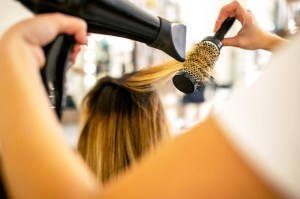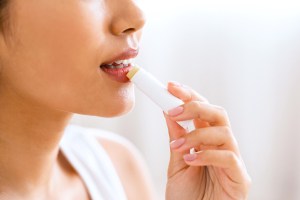We independently evaluate all recommended products and services. If you click on links we provide, we may receive compensation.
Neosporin are perhaps not as great for cuts and scrapes as we’ve been led to believe. It’d be easy to chalk up the chatter to another ill-informed TikTok trend if not for the fact that several experts have weighed in with their own thoughts on the claims. These ointments, they say, should be avoided when possible. What gives?
According to board-certified dermatologist Dr. Karan Lal, D.O., FAAD, the reason for many pros’ hesitance to recommend topical antibiotic ointments is twofold. First — and most importantly — is that many contain an ingredient known as neomycin. This topical antibacterial ingredient, Dr. Lal says, “is one of the most common perpetrators of allergic contact dermatitis.” (Neosporin does make a version without it.) In fact, the American Contact Dermatitis Society (ACDS) lists it as the third most common contact allergen (after nickel and lanolin). An allergic reaction may manifest as mild redness and irritation, though Dr. Lal notes more severe reactions can lead to hives or even anaphylaxis. And developing an allergy to neomycin could leave you sensitive to other antibacterial ingredients — which may become dangerous if you get sick and need oral antibiotics.
Less alarming, but just as noteworthy, experts say, is that topical antibiotic ointments don’t provide significant benefits. “[Studies have] found that there’s no difference in wound healing between [topical antibiotic ointments] and petroleum jelly,” Dr. Lal notes. “I never recommend Neosporin for any of my patients.” If you have a cut or scrape, you’re better off applying a thin layer of Vaseline or Aquaphor to protect it from the elements and help it heal. And if you do suspect an infection, go to the doctor — they can prescribe the right medicine to help rectify the issue.
This article is for general informational purposes only.
Affiliate Disclaimer Medical Disclaimer












 Unique Beauty is free for all users.
Unique Beauty is free for all users.